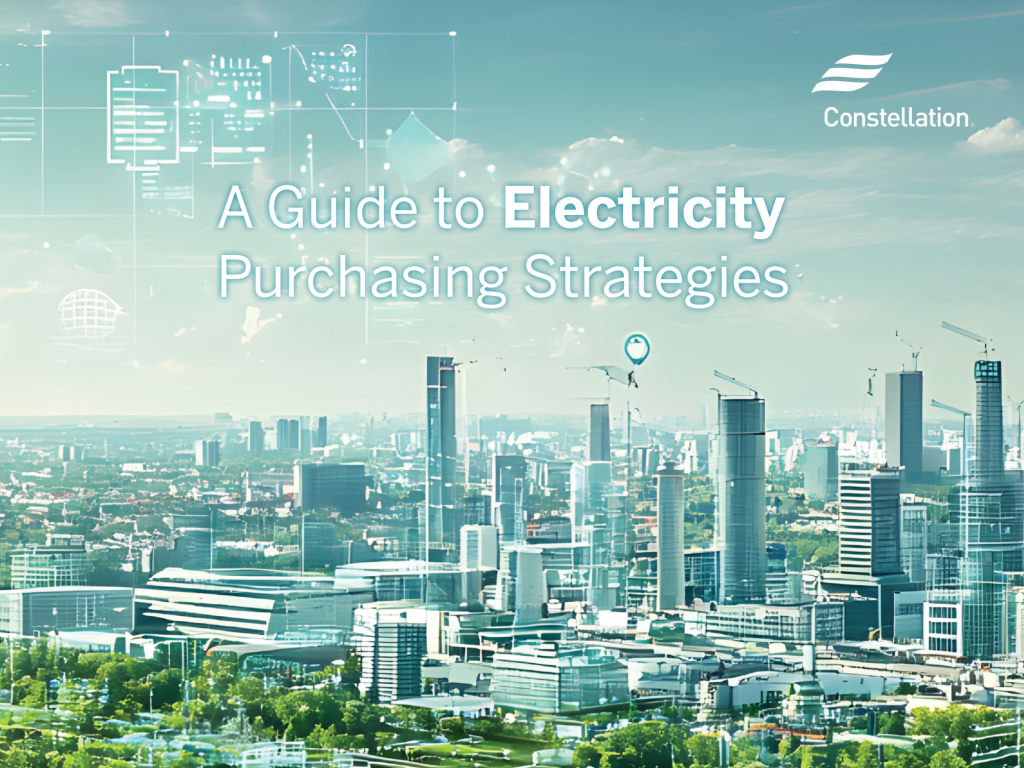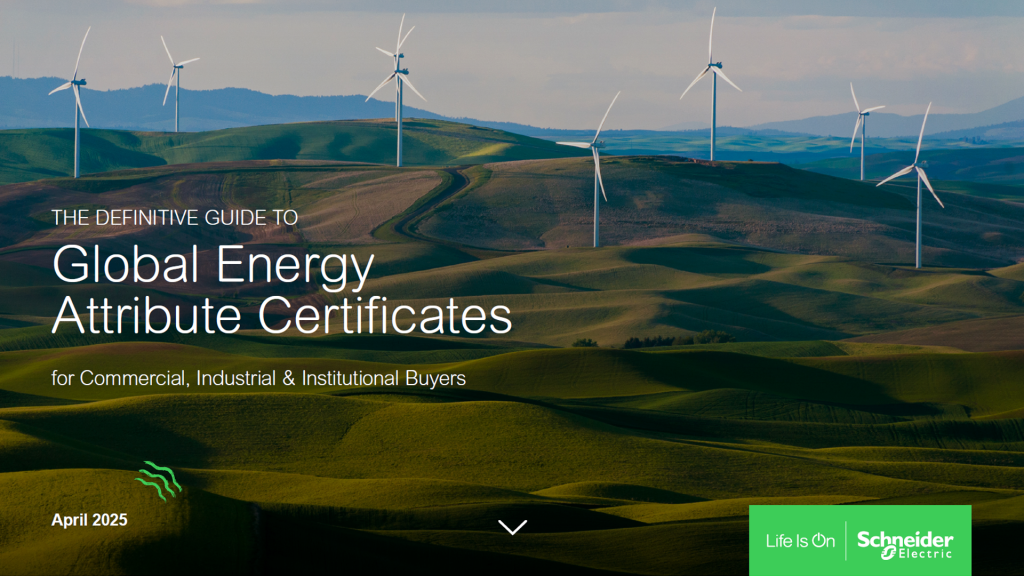The Benefits of Greener Buildings
Because traditional buildings consume large amounts of energy and other natural resources and can harm the environment around them, there’s a swelling interest in designing, building, and occupying more environmentally sensitive structures. By integrating natural resource, human health, and community concerns into building design and construction, architects and designers can create buildings that are cleaner, healthier for occupants and the environment, and which deplete fewer resources. Moreover, a well-designed “green” building can be cheaper to build and operate over the building’s lifetime.
Commercial and residential buildings use one-third of the energy consumed in the United States, and two-thirds of all electricity. Buildings produce roughly a third of carbon dioxide emissions and other emissions that harm air quality and contribute to global warming. Additionally, buildings generate waste during construction and operation; can have poor indoor air quality, affecting worker health; and often don’t consider the impact made on the community through increased transportation, sprawl, and cultural and historical impact. Green buildings address a wide range of topics, including:
- water conservation
- waste management
- renewable energy sources
- nontoxic materials
- recycled/reused materials
- energy efficiency
- reduced environmental impact on the building site
- wise use of space/reduced building size
- balance of environmental and economic considerations
- consideration for cultural and historical factors of the site
- proximity to transportation
A wide range of players are becoming interested in and involved with green building practices, including:
- Designers and architects are finding a growing market for green design and construction, and are quickly gaining expertise in the area.
- Builders are becoming increasingly familiar with green building issues, as clients seek projects using more environmentally responsible materials, more efficient fixtures and appliances, and more healthful finishes and furnishings, and are requesting that builders conduct on-site recycling of construction and demolition debris.
- Retailers and manufacturers of energy-efficient and environmental products are developing and selling products that are easier on the environment and building occupants than conventional products.
- Building owners and their tenants or occupants are seeking living and working spaces that are less environmentally damaging, cheaper to maintain and operate, and less harmful to human health.
- Federal, state, and local governments increasingly are embracing green-building principles and practices, and some are developing policies mandating that new or renovated buildings they own or operate be constructed according to green-building minimum standards.
LEED
One major initiative to build the green-building movement while setting a high standard is LEED (Leadership in Energy and Environmental Design), a green building rating system that is quickly making its rounds through the commercial and institutional markets. Created by the U.S. Green Building Council in 1993 and launched in 1999, LEED has become almost synonymous with green buildings and features a platform of rating systems that eventually will cover existing buildings, commercial interiors, schools, retail buildings, and other types of structures and projects.
The rating system is based on earning credits for various green building attributes and includes four levels of certified buildings: Certified, Silver, Gold, and Platinum. The more credits, the higher the recognition and certification.
Selected Examples
There is a growing body of case studies and profiles of green-building projects of every size and description involving homes, commercial and retail buildings, manufacturing and industrial spaces, government buildings, health care facilities, and schools of every level, including many leading universities. A few examples:
- Langston-Brown High School Continuation and Community Center in Arlington, Va., features two 11,000-gallon tanks that capture rainwater from the roof, which is then used for landscape irrigation. Interiors use natural products, such as wheat-straw board cabinets, organic cleaners, and toxin-free paint and carpeting. Although the initial design and construction costs were about 10% higher than usual, the building promises long-term operational savings. Reduced water use and cooling costs, combined with a computer system that monitors heating, humidity, and lighting throughout the school, will save $10,000 in energy costs each year, according to the building’s architect.
- Honda’s Northwest Regional Facility in Gresham, Ore., makes use of the strong Columbia Gorge winds from the east. External vents and a raised access floor in the office draw air in from the outside, filter it, and adjust for temperature. The air is then gently distributed via 22 personal controls throughout the office area, allowing for maximum flexibility in temperature control. The interior air is drawn up and out through large gravity ventilators on the roof. A great deal of attention was paid to lighting in the building; work spaces were arranged to take full advantage of natural light. The facility’s reliance on natural light and careful monitoring of electricity for lights and heating has reduced energy consumption by 51%.
- The 29,000-square-foot San Mateo Forensics Laboratory and Coroner’s Office in San Mateo, Calif., boasts a sophisticated photovoltaic system harnesses enough energy to power 200 homes. A half-acre of 1,418 solar electric panels powers the building from the electricity it generates. By avoiding the purchase of fossil-fuel generated electricity, the system spares the environment from emissions of nitrogen oxides, sulfur dioxide and carbon dioxide — contributors to smog, acid rain and global warming. Over the next 25 years, the solar-generated electricity should reduce emissions of carbon dioxide by 6,841 tons — equivalent to planting 320,000 trees or removing 1,600 cars from the state’s highways.
- In the Robert Redford Building in Santa Monica, Calif., toilets flush themselves with rainwater — except for the urinals, which use no water at all. The structure uses about 60% less water than most buildings because it captures rainwater from the roof, and greywater from the showers and sinks and uses it to water plants and flush the low-flow toilets. The urinals use a special cartridge to funnel away waste.
The Benefits of Greener Buildings
An increasing number of studies support the idea that green building is good for business. Initial investments in environmentally preferable building technologies and materials often pay for themselves within a few years. In fact, investments in green buildings pay for themselves ten times over, according to a landmark study drawing on national data for 100 green buildings in the U.S. The report found that the financial benefits of green design are between $50 and $70 per square foot in a LEED building, over ten times the additional cost associated with building green. The benefits include cost savings from reduced energy, water, and waste; lower operations and maintenance costs; and enhanced occupant productivity and health.
Eight Key Topics
GreenerBuildings divides the green building universe into eight key topic areas. For each, we provide a concise introduction that: situates the topic, spotlights key players in the field, lists the advantages and disadvantages of taking action, provides a basic action plan, and recommends key leads for further information. Each introduction is followed by a select list of organizations, tools, and case studies that can help users develop or improve their programs. The following is a brief explanation of each GreenerBuildings topic:
Architecture & Design
By integrating natural resource, human health, and community concerns into building design and construction, architects and designers can create buildings that are cleaner, healthier for occupants and the environment, and which deplete fewer resources. New technologies are continually introduced to the marketplace and up-to-date scientific research influences building design strategies.
Building Materials
Building materials choices are important in sustainable design because of the extensive network of extraction, processing, and transportation steps required to make them ultimately useful at the construction site. Unlike some industries in which there is movement toward dematerialization, the building industry will always need materials. So the question becomes: what are the best materials and products to use? To address this question one has to consider the overall life cycle of the materials and of the facility and building site as a whole.
Energy Use
Buildings consume approximately 37% of the energy and 68% of the electricity produced in the United States annually, according to the U.S. Department of Energy. As energy prices and atmospheric temperatures continue to rise, energy efficiency techniques and green building practices such as daylighting can help reduce operating and consumption costs — and slash greenhouse gas emissions as well.
Facility Management
Commercial and residential buildings consume large amounts of materials and resources through routine maintenance. Buildings generate waste during operation; can have poor indoor air quality, affecting worker health; and produce roughly a third of carbon dioxide emissions and other emissions that harm air quality. By improving and streamlining day-to-day building operations, facility managers can create and maintain a better work environment while netting big financial dividends for their organization.
Interiors
Americans spend an average of 90% of their time indoors, where levels of pollutants may be two to five times — and occasionally more than 100 times — higher than outdoor levels, according to the U.S. Environmental Protection Agency. Indoor environmental strategies reduce the potential liability for design team members (including building owners), increase the resale value of the building, and increase the productivity of building occupants. Issues include indoor air quality, lighting quality, thermal comfort, acoustics, and use of low-emitting building materials.
Land use
Increasingly, land developers are recognizing the long-term financial benefits of selecting sustainable sites for their projects. These range from access to money-saving building technologies to avoidance of liability and risk associated with the environmental impact of the site. Site selection is the basis of site design and affects all aspects of the site, including transportation, natural areas, stormwater management, and site lighting requirements. Redevelopment of brownfields in urban areas can alleviate sprawl and revitalize depressed communities.
Waste Management
Year after year, debris from construction and demolition piles up in landfills and burdens the wallets of builders and their clients. Yet most construction waste is wood, drywall, metals, concrete/dirt, and cardboard — materials that can be reused or recycled if prepared properly. Relocating buildings instead of building new ones, salvaging construction materials before demolition, and other practices can reduce waste and save big money at a construction or demolition site.
Water Use
Using large volumes of water increases maintenance and life-cycle costs for building operations and increases consumer costs for additional municipal supply and treatment facilities. Water efficiency measures in commercial buildings can easily reduce water usage by 30% or more, according to some estimates. Non-potable water can be used for landscape irrigation, toilet and urinal flushing, custodial purposes, and building systems. Utility savings, though dependent on local water costs, can save thousands of dollars per year, resulting in rapid payback on water conservation infrastructure.









